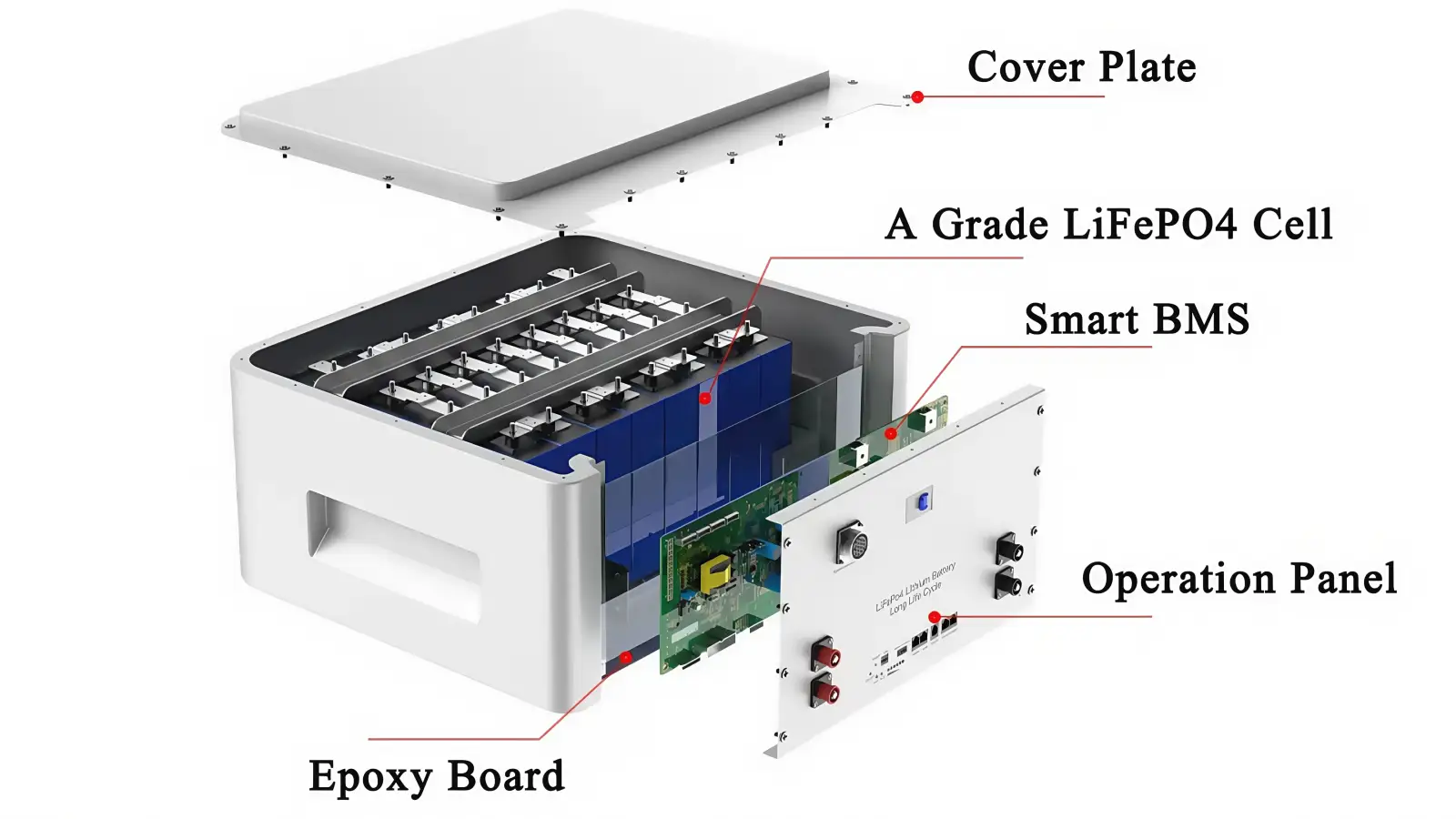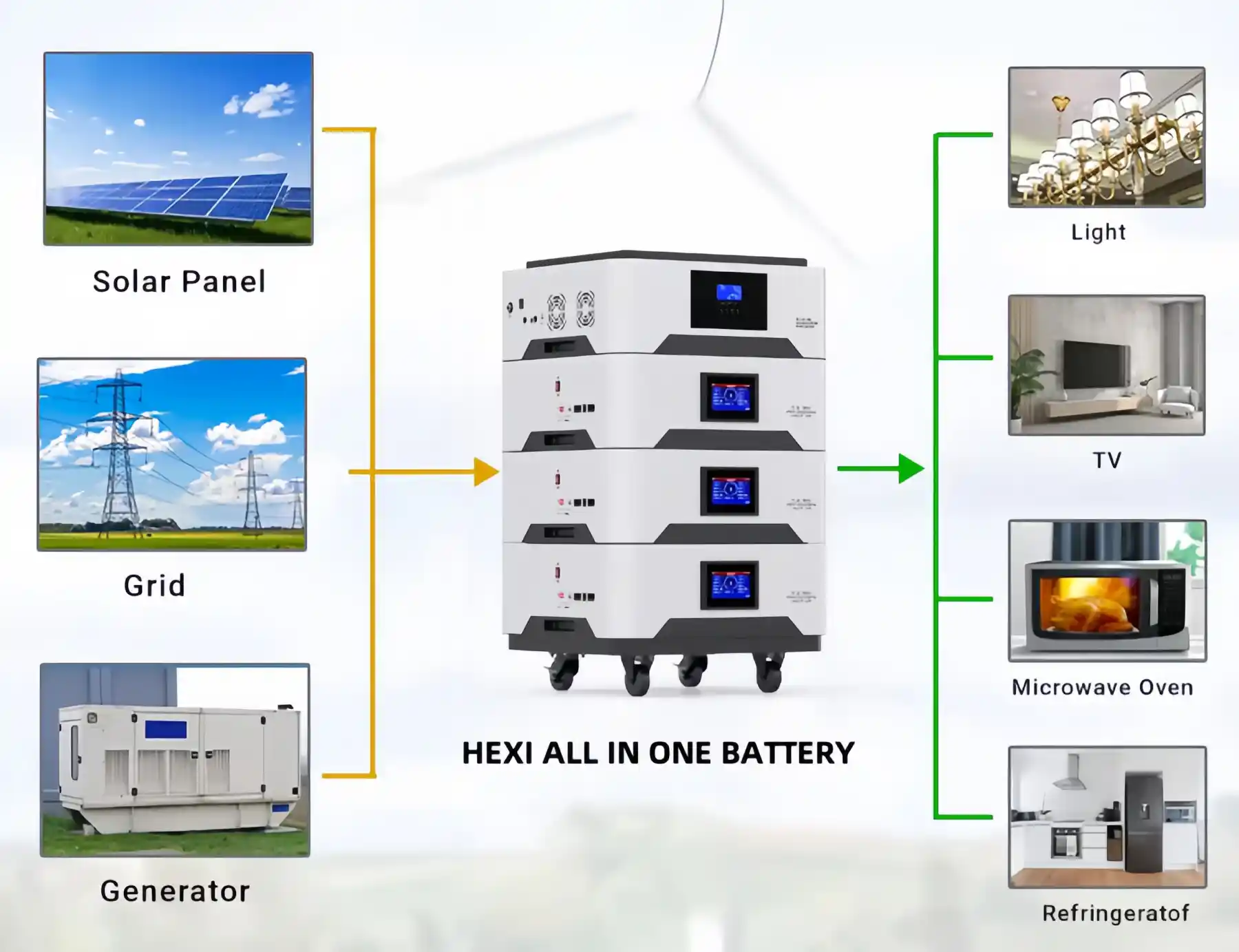How to choose an integrated energy storage system
2025-02-05
HEXI
Catalogue
-
What is an integrated energy storage system?
-
Key factors for choosing an integrated energy storage system
-
Additional functions and technical support
-
What are the main benefits of using an all-in-one energy storage system?
-
What applications can benefit from all-in-one energy storage systems?
-
These systems play a vital role in promoting sustainable development by
How to choose an integrated energy storage system: your guide to energy solutions
As the world pays more attention to renewable energy and energy storage technology, integrated energy storage systems (ESS) are becoming a core component of home, commercial and industrial energy solutions. Whether it is to save electricity bills, reduce carbon emissions, or improve energy autonomy, choosing the right integrated energy storage system is crucial. This article will help you understand how to choose the most suitable energy storage system according to your needs.
An integrated energy storage system is a compact, integrated solution that combines multiple components, including batteries, inverters, and energy management systems, into a single unit. This design simplifies installation and operation while providing efficient energy storage and usage capabilities. These systems are ideal for residential, commercial, and industrial applications, enabling users to store excess energy generated by renewable energy sources such as solar or wind.Such systems are typically used to store excess electricity from renewable energy sources such as solar, grid, or wind power, and release this electricity during peak demand, reducing dependence on traditional power grids.
Components of an integrated energy storage system
|
Accessories |
Description |
|
Lithium Iron Phosphate Battery |
Storing energy for later use |
|
Inverter |
Converts stored energy into usable electricity |
|
Management System |
Optimize energy flow and monitor performance |

2.1 Battery Type
When choosing an energy storage system, you first need to consider the type of battery. There are several common batteries on the market:
* Lifepo4 (Lithium-ion) : high energy density, long service life, suitable for home and commercial use.
Lithium Titanate (LTO) : With extremely high charge and discharge efficiency and longer service life, it is suitable for extreme environments and high frequency charge and discharge applications.
* Lead-acid batteries: lower cost, but lower energy efficiency and shorter life, gradually replaced by lithium batteries.
For home energy storage systems, lithium batteries are often the best choice because they offer high efficiency and long life.
2.2 Energy storage capacity and demand matching
The capacity of the energy storage system should match the energy demand of the home or commercial site. If your home or company has a high power demand, you may need to choose a system with a larger capacity. Insufficient capacity will cause the battery to discharge frequently, which will reduce battery life and efficiency.
*Home users: Home energy storage systems generally require a battery capacity of 5-20 kWh, depending on your daily power consumption.
*Commercial users: Commercial energy storage systems usually require a larger capacity, which may be above 50 kWh.
2.3 Inverter and system efficiency
The inverter is a key device that converts stored direct current (DC) into alternating current (AC). Choosing an efficient inverter is crucial to improving the performance of the entire energy storage system. There are many types of inverters on the market, including conventional single-phase and three-phase inverters.
*Single-phase inverter: suitable for small homes and homes with low power consumption.
*Three-phase inverter: suitable for commercial facilities or large-scale residences, which can provide higher efficiency and better load balancing.
2.4 Battery Management System (BMS)
The battery management system (BMS) is responsible for monitoring key data such as battery charge, discharge, temperature, and health status. An efficient BMS can extend the service life of the battery and improve the safety of the system. Ensuring that the energy storage system you choose is equipped with an intelligent battery management system is crucial to prevent problems such as overcharging, over-discharging, and overheating.
2.5 Safety and Certification
Safety is a priority when choosing an energy storage system. Make sure the energy storage system meets international safety standards and has fire and explosion protection measures. Common certifications include:
UL: Ensure that the system meets strict fire safety standards.
CE: Meet the safety and environmental standards of the European market.
IEC: Ensure the safety of battery products.
MSDS: Material Safety Data Sheet
UN38.3: Lithium battery transportation safety test standard stipulated by the United Nations
Some high-end integrated energy storage systems are also equipped with intelligent control systems that can be remotely monitored and managed through mobile phone apps. These systems allow you to view information such as battery charging status, energy consumption, system health status, etc. in real time, improving ease of use and transparency.
All-in-one energy storage systems offer a number of benefits:
Energy independence: Users can reduce their reliance on the grid by storing renewable energy.
Cost savings: By optimizing energy consumption during off-peak hours, users can reduce their electricity bills.
Backup power: These systems provide reliable backup power during power outages.
Environmental impact: Harnessing renewable energy reduces carbon emissions and promotes sustainable development.
All-in-one energy storage systems are versatile and can be used in a variety of applications:
Residential use: Homeowners can store solar energy for use at night or during peak hours.

Commercial applications: Businesses can optimize energy consumption and reduce costs.
Industrial settings: Factories can maintain operations during power outages with reliable backup power.
Remote locations: When combined with renewable energy, these systems can provide tremendous benefits to off-grid areas.
How do all-in-one energy storage systems promote sustainable development?
Making more widespread use of renewable energy.
Reducing reliance on fossil fuels.
Lowering greenhouse gas emissions through efficient energy management.
Supporting grid stability by providing stored power during periods of peak demand.

